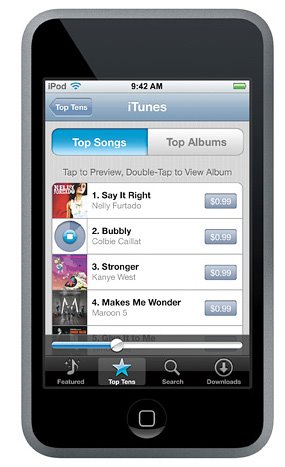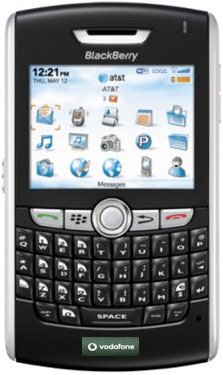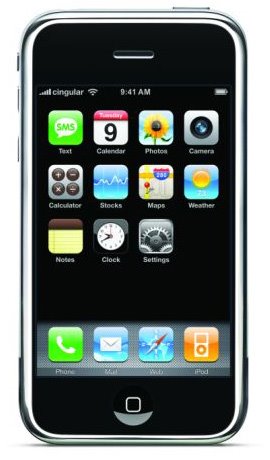While Apple may tinker with the final packaging and design of the final phone, it's clear that the features in this lost-and-found next-generation iPhone are drastically new and drastically different from what came before. Here's the detailed list of our findings:
What's new
• Front-facing video chat camera
• Improved regular back-camera (the lens is quite noticeably larger than the iPhone 3GS)
• Camera flash
• Micro-SIM instead of standard SIM (like the iPad)
• Improved display. It's unclear if it's the 960x640 display thrown around before—it certainly looks like it, with the "Connect to iTunes" screen displaying much higher resolution than on a 3GS.
• What looks to be a secondary mic for noise cancellation, at the top, next to the headphone jack
• Split buttons for volume
• Power, mute, and volume buttons are all metallic
What's changed
• The back is entirely flat, made of either glass (more likely) or ceramic or shiny plastic in order for the cell signal to poke through. Tapping on the back makes a more hollow and higher pitched sound compared to tapping on the glass on the front/screen, but that could just be the orientation of components inside making for a different sound
• An aluminum border going completely around the outside
• Slightly smaller screen than the 3GS (but seemingly higher resolution)
• Everything is more squared off
• 3 grams heavier
• 16% Larger battery
• Internals components are shrunken, miniaturized and reduced to make room for the larger battery
It is recognized as an iPhone
This iPhone behaves exactly like an iPhone does when connected to a computer, with the proper boot sequence and "connect to iTunes" restore functionality. Xcode and iTunes both see this as an iPhone. Mac OS X's System Profiler also reports this as an iPhone in restore mode, which is a natural consequence of remotely wiping the phone, but report different product identifiers (both CPID and CPRV) than either the 3G or the 3GS.
It uses micro-sim
The fact that it uses a micro-sim is a clear indicator that this is a next-generation iPhone. No other cellphone uses this standard at this point in the US.
The camouflage case
The case it came inside was a fully developed plastic case to house this phone to disguise it like a 3GS. This wasn't just a normal case; it had all the proper new holes cut out for the new switches and ports and camera holes and camera flash. But it looks like something from Belkin or Case-Mate. It's a perfect disguise.
The fact that it's in the wild right now
Logic can also narrow down why this phone is this year's iPhone, rather than next year's model or one from the previous year's, just because it was found in the wild right now. It makes no sense for Apple to be testing 2011's model right now, in super finished form—they wouldn't be nearly finished with it. The phone also can't be last year's test model, because last year's model (based on the iPhone 3GS teardowns) components were way different. No micro-sim, much bigger logic board, no flash, no front camera, smaller battery and an inferior camera. That only leaves the 2010 model.
The guts, the definitive proof
And finally, when we opened it up, we saw multiple components that were clearly labeled APPLE. And, because the components were fit extremely well and extremely conformed inside the case (obvious that it was designed FOR this case), it was evident that it was not just a 3G or a 3GS transplanted into another body. That probably wouldn't even be possible, with the size constraints of the thinner device and larger battery.


![Validate my Atom 1.0 feed [Valid Atom 1.0]](valid-atom.png)







0 comments:
Post a Comment